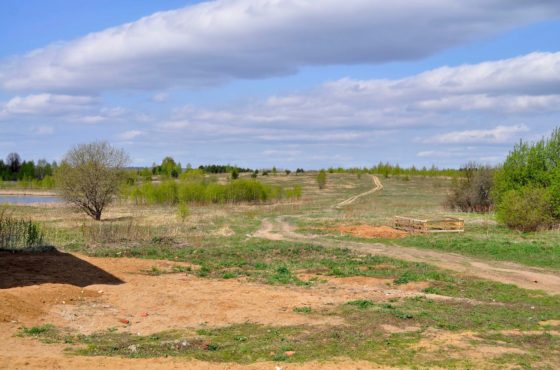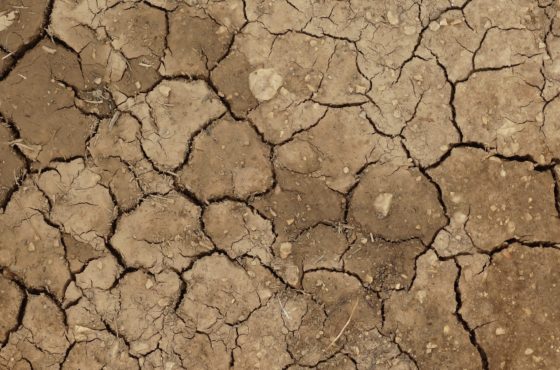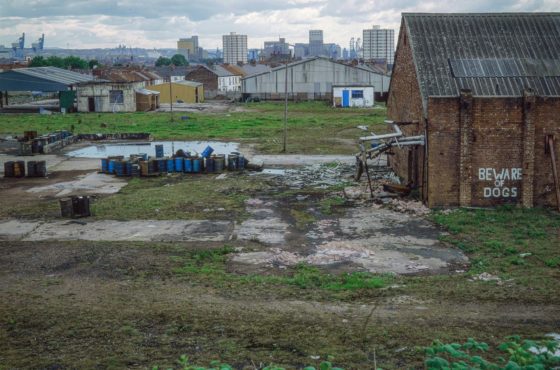Marginal land
According to New-C-Land
A marginal land is an abandoned area where there is no cultivation.
There are lots of different reasons for land to be defined as marginal, and the duration of this status can also change over time. This is why, within the New-C-Land project, 4 types of marginal land are taken into consideration:

Land abandoned for socio-economic reasons
This land, whether agricultural or not, has been abandoned for several years for socio-economic reasons.
Examples
- Land in remote locations
- Forgotten land
- Abandoned wasteland
- Orphan land

Land with a low level of productivity
For biophysical reasons:
- Areas that have low fertility (lots of clay, stones, low in organic matter etc.).
- Flood-risk areas.
For management reasons:
- Difficult access limiting how often they can be visited:
- Irregularly shaped land or land that is hard to access
- Areas alongside railway lines
- Areas alongside motorways
- Legislative restrictions on the use of inputs:
- Areas alongside navigable and non-navigable waterways
- Erosion-control greening land
- Water protection areas
- Land near sensitive facilities (nurseries, schools etc.).

Contaminated land
This land cannot be used for crops destined for human or animal consumption due to pollution. It can however be used to produce non-food plant biomass.

Temporary marginal land
This is land waiting to be regenerated or developed via projects. Sometimes several years can go by before a redevelopment project starts. This period can be used to grow plant biomass.
